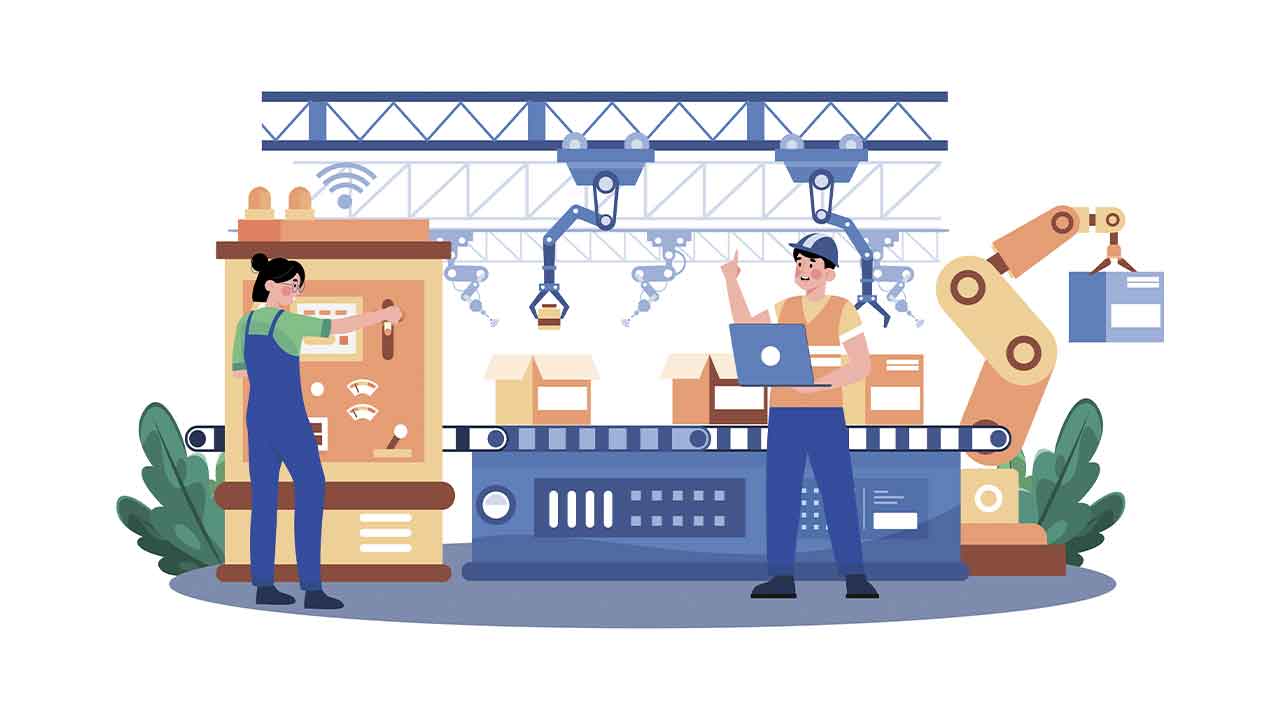Why Digital Transformation Fails—and How to Fix It | SPONSORED
At Hannover Messe 2025, Friedrich Richter, Schneider Electric’s senior vice president of Services for Industrial Automation, didn’t just talk about digital transformation—he laid out why so many industrial players are still stuck in pilot purgatory. From small manufacturers to global enterprises, most are not struggling to start the journey; they’re struggling to scale it.
The reality? Over 70% of companies fail to scale their digital transformation initiatives. The reason isn’t a lack of vision—it’s a lack of structure, cadence, and operational know-how.
The Hesitation Trap
According to Richter, many small to mid-sized manufacturers are hesitant not because they lack ambition but because they’ve been burned before. Isolated use cases, disconnected tools, and tech-first approaches often lead to limited or no ROI—leaving leadership wary of doubling down.
But Richter is blunt: hesitation is a risk. Digital disruption is rewriting the industrial landscape. Citing a Harvard Business Review study, he notes that over half of the Fortune 500 companies since 2000 have disappeared due to digital disruption. For those who delay transformation, survival is not guaranteed.
From Pilots to Programs
What separates the few who succeed? It’s not just the tech—it’s the programmatic mindset.
Schneider Electric’s own smart factory journey didn’t succeed because of a single bold move. It succeeded because of a structured global program: aligning all factories under a unified operational model, standardizing KPIs, and empowering plant managers with a digital “core model” toolbox to scale effectively.
That core model—developed internally—is now the basis for Schneider’s consulting and transformation services. It includes:
- Digital maturity assessments
- Roadmap creation with proven use cases
- ROI modeling based on real-world experience
- Implementation support from design to deployment
Most importantly, Schneider stays involved beyond the strategy phase, unlike many external consultants. “We don’t just leave customers with slides,” Richter says. “We help turn value identification into value realization.”
Don’t Build a Monument—Build Momentum
One key misconception? That companies need to build a flagship “lighthouse” factory before scaling. Richter disagrees.
While lighthouse plants can generate attention—and even public funding in some regions—real impact comes from rolling out scalable, ROI-driven use cases across multiple sites quickly and efficiently. That’s where structured cadence matters most.
The People Side of Transformation
Technology can only go so far without people. In fact, Richter says operator adoption is one of the most underestimated factors in successful digital transformation.
In Schneider Electric’s own factories, some over 100 years old, workers have taken ownership of digital tools—customizing dashboards, requesting features, and integrating tech into their workflows. This wasn’t an accident—it was the result of:
- Building on lean, continuous improvement cultures
- Involving workers in the transformation process from the start
- Reskilling and repositioning roles to align with new digital capabilities
This human-centric approach varies by region. In markets like Europe and the U.S., where the industrial workforce is aging, engaging employees in transformation is a retention and productivity strategy. In regions with younger workforces, digital adoption tends to be faster, but still requires guided frameworks.
The Lesson for 2025: Think Like a Program
Asked for one takeaway that industrial leaders should remember in 2025, Richter is unequivocal: “Think like a program.”
That means:
- Elevating transformation to the C-level
- Structuring it across sites and regions
- Creating governance, cadence, and value-measurement mechanisms
- Focusing on scalable, high-impact use cases—not isolated experiments
In a world where digital disruption is not just coming but accelerating, treating transformation as a side project is no longer an option. Only structured, programmatic approaches will deliver results at scale.
Sponsored by Schneider Electric
About the author
Lucian Fogoros is the Co-founder of IIoT World
Related articles:



